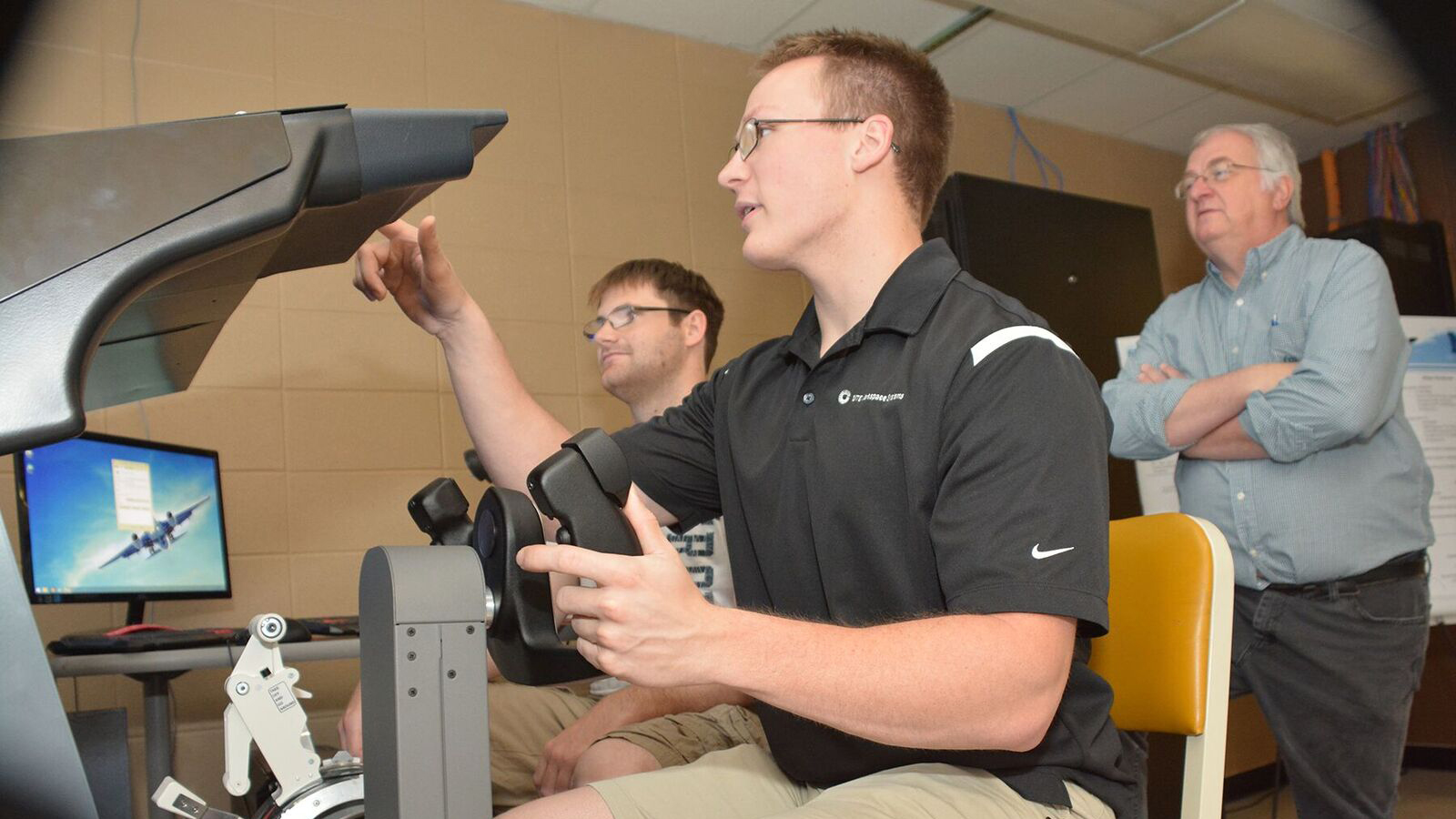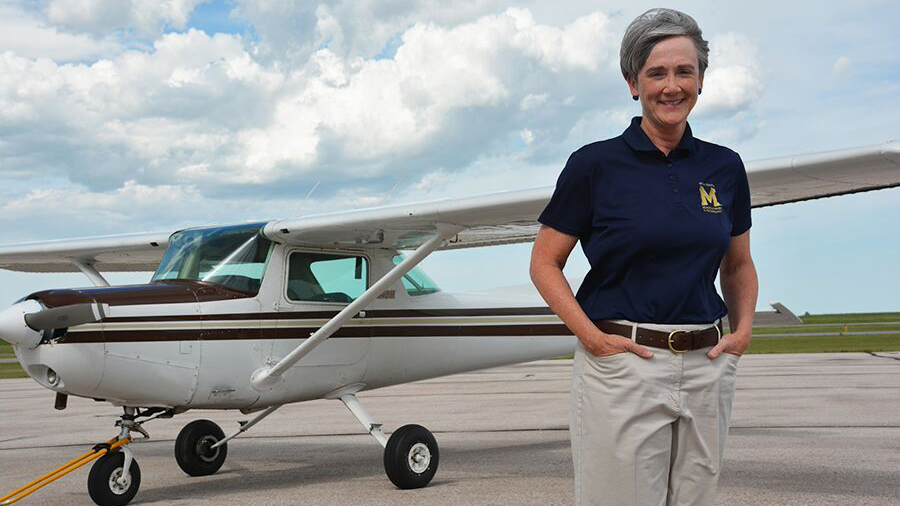Affordable ADS-B
Rival colleges see ‘awesome potential’ in joint NextGen project

The matter of equipping aircraft with ADS-B Out, at the least, is on the GA community’s mind these days because starting in 2020, any aircraft that is to be flown in airspace in which a transponder is now required must have the equipment installed.
Wilson’s school is big on entrepreneurship, and its president was intrigued.

“This would be a chance to have our engineers and his business students work together on a project that people are interested in,” she said.
Mines (as the school is known for short) has quite a few military veterans in its student body, including some with experience in avionics technology, Wilson said.
Having accepted the challenge to make affordable ADS-B a senior project for the coming term, her team is already on the case. Two electrical engineering students have set as their project’s first goal having an ADS-B configuration that would comply with the FAA’s technical specifications figured out by mid-July and a working unit ready by the month’s end.
The challenge for the Yellow Jackets in the business program at BHSU will be to come up with a plan to take the sting out of the price tag for the box hammered out by the Hardrockers—an assignment likely to make the BHSU business students more aviation-savvy along the way.
The schools proclaimed their collaboration in a joint news release, with Jackson, BHSU’s president, describing the task as solving “a problem with awesome potential in the aviation industry.”
The two college presidents aren’t the only project leaders with prior aviation experience. The announcement noted that the man currently quarterbacking the Mines electrical and computer engineering department, Scott Rausch, is a private pilot and a former engineer for avionics manufacturer Rockwell Collins.
“These guys all know why it matters,” Wilson said.
The electrical and computer department’s new flight simulator will play a role in the testing and integration of the ADS-B system.
If the project reaches a flight testing stage, Wilson and Jackson are ready to act as the test pilots.
The joint project has launched as the entire aviation community is focusing ever more on the ADS-B issue, and as AOPA and the FAA work to raise pilots’ awareness of the imminent deadline to have at least the “out” component of ADS-B—which makes an aircraft visible to other equipped aircraft and air traffic control—installed by 2020. (The “in” component, which allows a pilot flying an equipped aircraft to see other nearby equipped aircraft, is not part of that mandate. )
The transition from radar to ADS-B is an integral part of the air traffic control system upgrade being accomplished through the package of modernization programs known collectively as NextGen.
As an incentive for pilots to install ADS-B now and avoid a future rush, the FAA on June 6 announced a $500 rebate program to defray some costs.
“We hope this initiative will encourage aircraft owners to get off the sidelines and take advantage of all the safety benefits NextGen has to offer,” said FAA Administrator Michael Huerta.
Wilson sees ADS-B as “a tremendous enhancement to safety." However, she expressed concern that with a mandate for equipping aircraft with ADS-B taking effect, “there’s not a lot of motivation to be cost effective” out there in the marketplace.
In that scenario, she said, lies the opportunity for the two schools to tackle ADS-B together: “$3,000 to $5,000 matters to someone who owns a Grumman Cheetah or a little Cessna or an experimental aircraft.”



